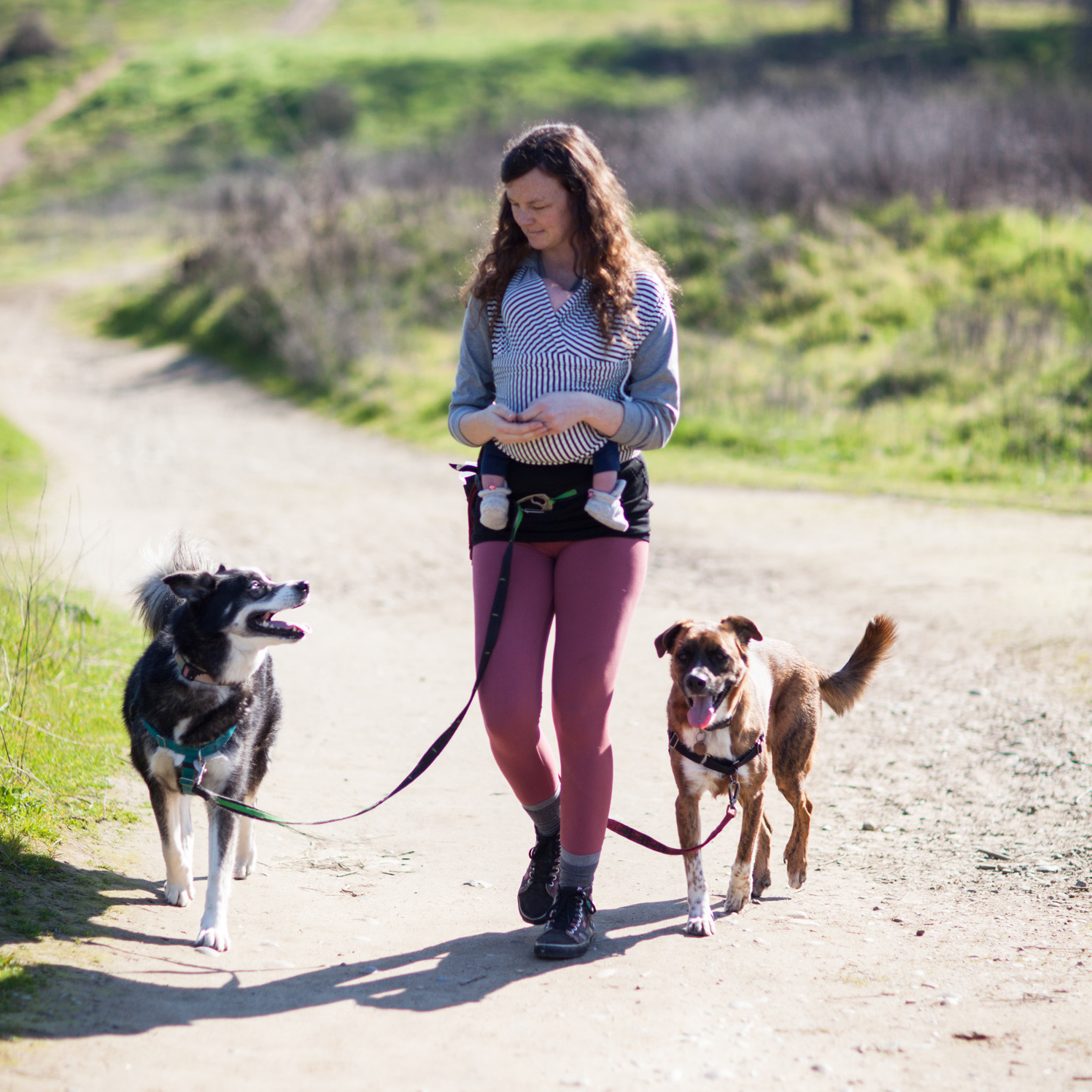Skeptics of positive reinforcement training will often write it off as just giving dogs a bunch of treats all the time with no real rhyme or reason. Now while they are correct that we do use food most of the time when training since it’s an excellent motivator, they are incorrect in the assertion that there’s no system to the method. That’s where a marker comes into play.
A marker is a word or sound that tells a dog “you did the right thing, now I’m going to pay you.” The mark is always followed by food, but the food does not come into play until after the mark.
Using food during training is a fine art. If your dog only sits when you’re holding a cookie, then you’ve probably not so much taught him to sit when you say “sit” but rather to sit in the presence of food. Training force free isn’t so much about bribing, as it is about picking specific behaviors and paying for them. Now, if your dog sits but by the time you reach into your pocket for a treat he is standing, does he know which behavior earned the treat? With lots of repetition, many dogs do eventually make the appropriate connections. But if we want more precision, or want to move beyond that sit to more complex behaviors, we want him to know exactly when and why he earned that treat. These are two issues that using a marker eliminate.
Two common markers are a click from a clicker, or a verbal marker like the word “yes!” or “good!” A verbal marker should be one word, and have a distinct tone (when I use a verbal marker I use a very chirpy “yes” that is very different from the way I would say the word conversationally). “Good boy” or “good girl” are both too lengthy and too commonly used to be effective. I tell my dogs how good they are many times a day and often without treating them afterwards! You are, of course, welcome to celebrate and praise your dogs during training, but don’t mistake the function of that kind of speech with the function of a clear mark.
To “charge” the marker, all you have to do is click or say your verbal marker, and then immediately give your dog a treat. When you’re charging the marker, there’s no need for your dog to be doing something specific. You’re just showing them the connection - click = treat. Do this several times in a row until you can see some anticipation of the treat after the mark. And viola! You’re ready to start training.
Stay tuned for more ideas on how you can use your marker!

